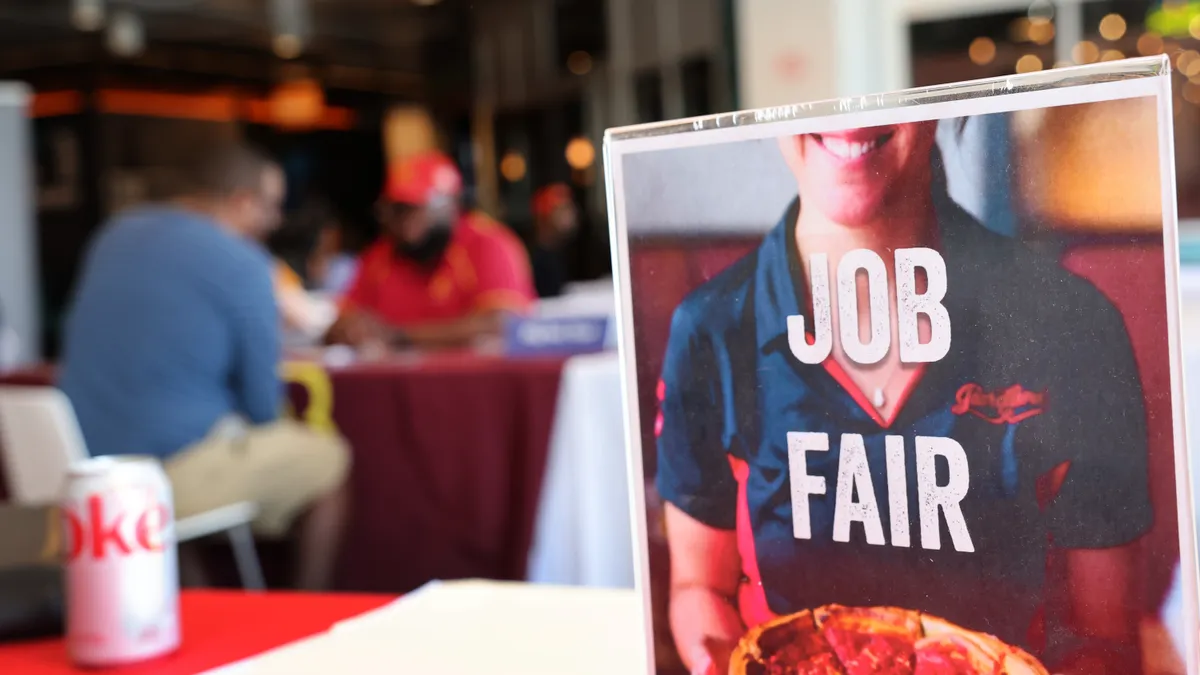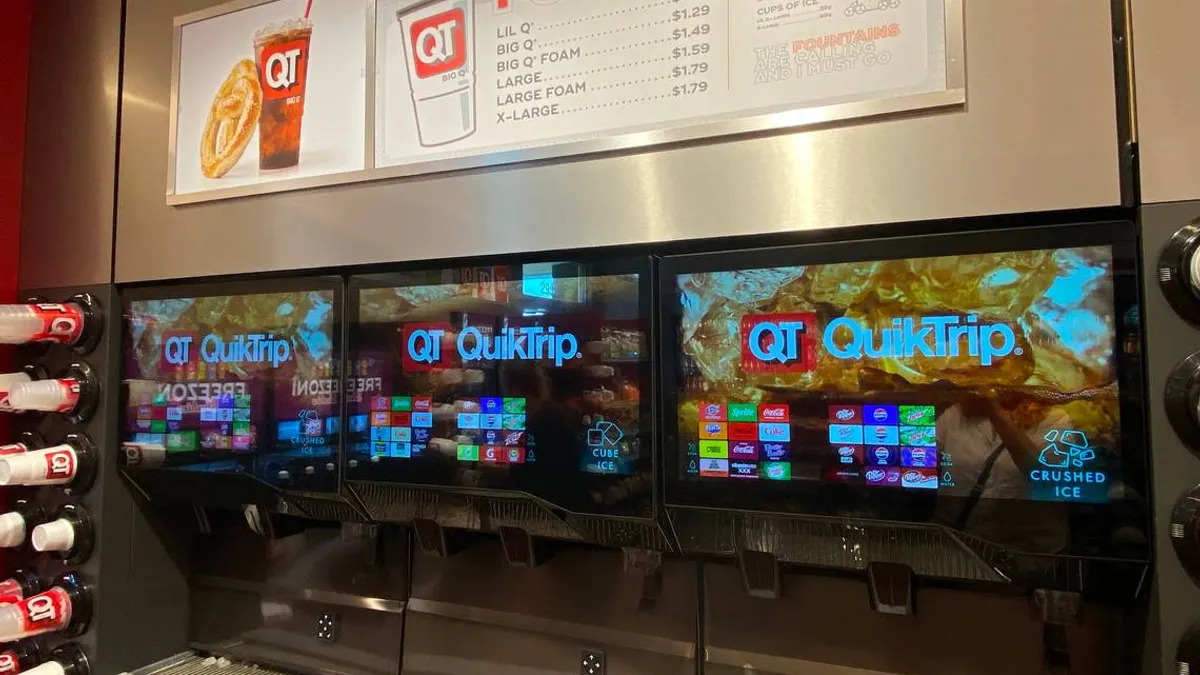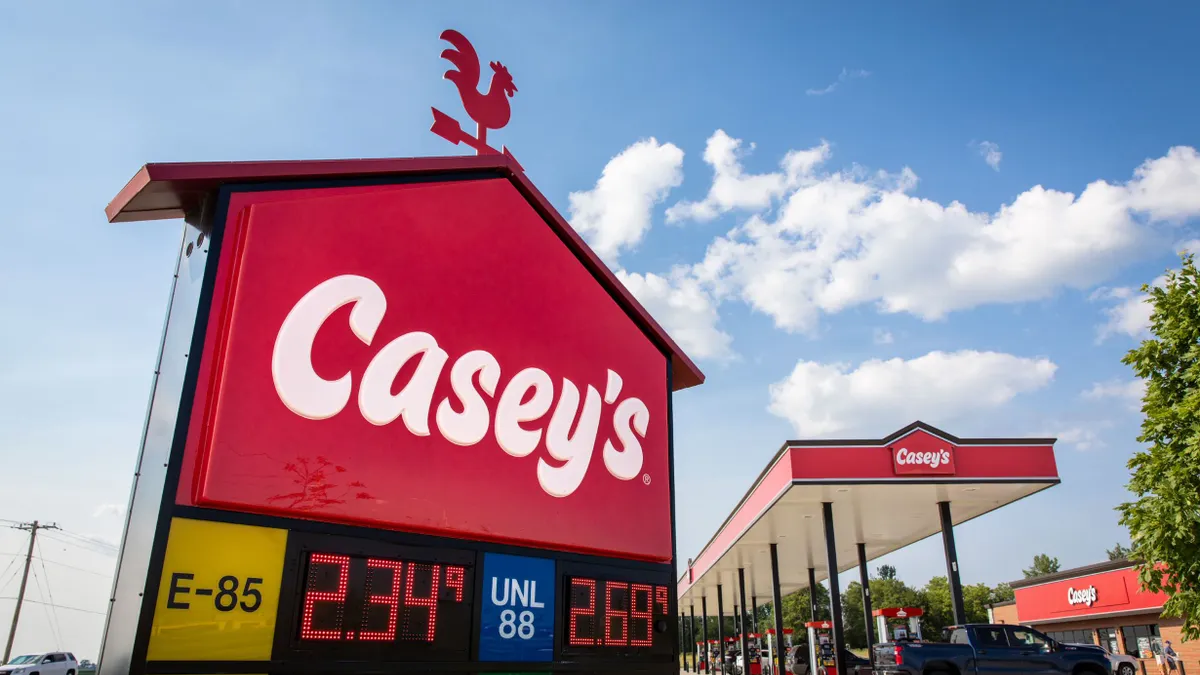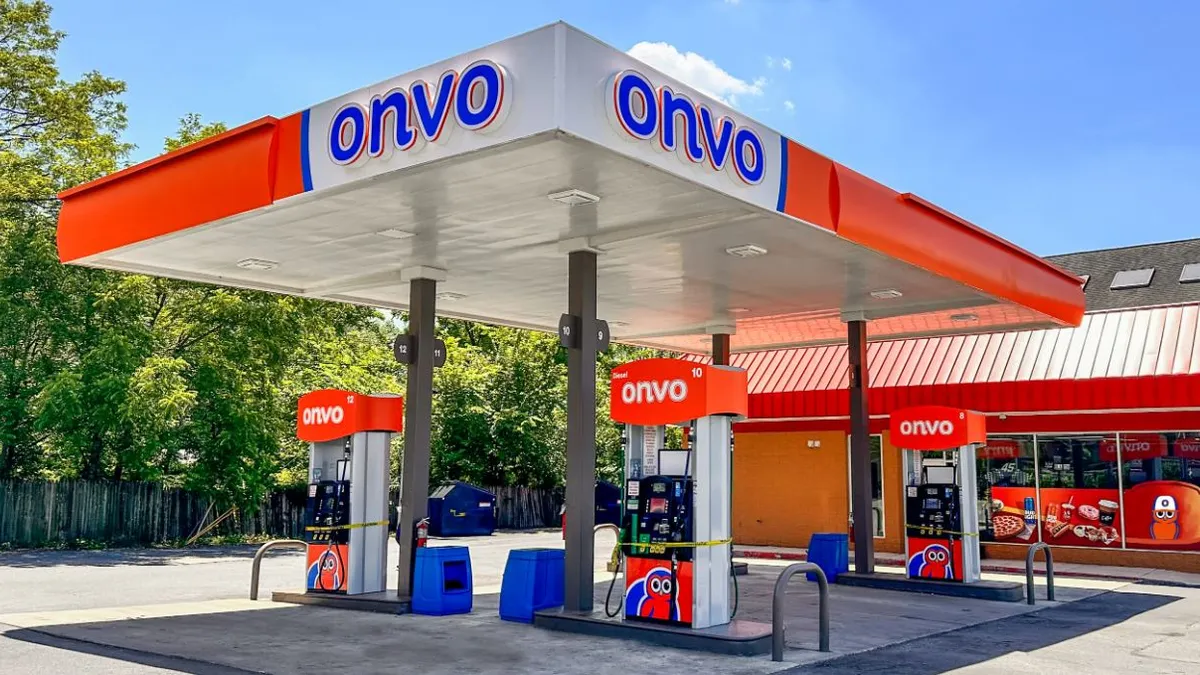How to Perfect is a regular series that looks at how retailers can further improve store operations in key areas.
There’s no shortage of pressing questions facing convenience store owners. They want to know how to make their foodservice program stand out, how to get people enrolled into their loyalty program and where to add new stores.
But before they can address any of those, operators have to answer one critical question: How can they find good workers who will stick around?
While non-manager c-store turnover dropped slightly in 2023 according to NACS data, it’s still over 100%. That means most companies have to hire more store-level workers in a year than the total number of roles available.
Every retailer knows the basic recruiting tactics. Post on the major job boards. Offer higher pay, more benefits or flexible hours. Make career growth paths clear and attainable. But focusing on the basics can only take you so far in a competitive job market, where unemployment currently sits just above 4%.
Experts share some ways retailers can improve their hiring and boost the chances of keeping those workers.
Explore uncommon avenues
It’s important to post job openings on places like LinkedIn, Indeed or the company’s employment website. But retailers may have better luck on boards targeting smaller demographics that might get overlooked in a typical recruiting process.
These groups can include “older workers or individuals with disabilities, veterans, military spouses, individuals with past criminal records and non-student, unemployed youth,” said Amber Clayton, senior director of Knowledge Center Operations at the Society for Human Resource Management.
While posting “help wanted” notifications on social media is important, she added that retailers should use platforms like TikTok or Instagram to give prospective workers a glimpse inside the role.
"[If] you're effective in your training, and you're teaching people what they need to be doing and how to do it well, when they feel confident in their day to day work, they're going to stay with you longer."

Abby Curlin
TXB’s brand manager
“Rather than doing just a job posting or an ad, [consider] actually doing a 60-second video about their organization and the type of jobs that they are promoting,” Clayton suggested.
Additionally, convenience retailers should build relationships with local education institutions — both high schools and colleges. They can work with career centers and counselors to make sure students know about local opportunities.
Texas c-store chain TXB participates in school career fairs, where it encourages students to think differently about c-store employment, said Abby Curlin, TXB’s brand manager.
“I think a lot of times the industry can be a little misperceived or overlooked, and so we do that more as a way of exposing that this is a career path,” she said.
While many convenience stores will hold in-person hiring events, Clayton noted that virtual hiring fairs let companies to reach more people while expending fewer resources.
“Large retailers like WalMart, Target, Amazon, they've used these types of hiring events before, and it's convenient and it's cost effective,” she said.
Streamline systems
It can be tempting to ask for a lot of information on applications. But young people are likely to apply on their phones, meaning applications should be concise, Clayton said.
“People don't really want to sit on their phones and fill out an application for two hours,” said Clayton.
In the past few years, TXB has cut its application process from about 20 minutes down to around five. TXB also spent time teaching recruiters and managers how to hold stronger interviews and what to look for in a great team member.
“We believe that a good interview should get you more information than an application,” Curlin said.
Recruiters plan an important role at TXB, ushering candidates through each step of the hiring and onboarding processes. This keeps people from getting lost in the hand-off from hiring to training.
Recently, 7-Eleven found that it was taking too long to reach back out to applicants, with many already working somewhere else by the time 7-Eleven called them back, said Rachel Allen, the company’s senior director of talent acquisition, in a presentation at the NACS Show earlier this month.
7-Eleven began using RITA, an artificial intelligence-enabled assistant that has cut the hiring process from 10 days down to three as it handles communication with applicants and schedules interviews, among other tasks.
Keeping workers happy
Retailers can spend all the time they want addressing hiring issues, but if they can’t keep good workers in their jobs, then high turnover will continue. This is why TXB has invested more into the interview process — the company wants to make sure they’re hiring people who are a good fit.
Clayton noted that just hiring indiscriminately is one of the biggest mistakes c-stores can make, since it often results in the wrong people filling the wrong positions.
While it may scare some workers off, being candid about what a job entails is essential, Clayton noted.. Employers should also address safety, which is one of the main concerns applicants have about working at convenience stores.
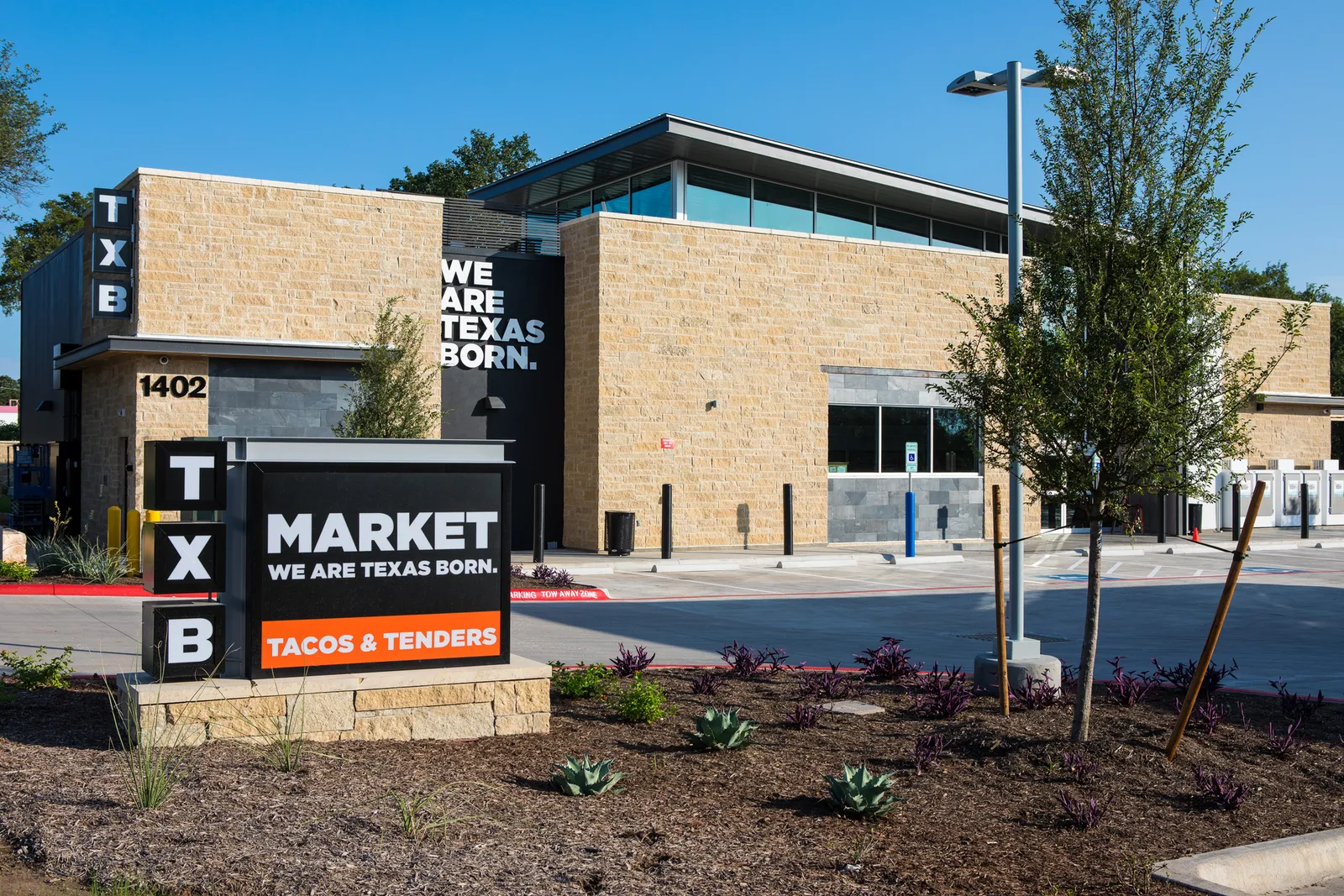
Companies also need to make sure they’re supporting their new employees as they start the job, Clayton said. This doesn’t just mean providing adequate training, but also giving the employee a roadmap of how and when they’ll be trained and who with the company can answer questions.
TXB’s recruiters handle that role for the Texas-based chain.
“We have found that it really means a lot to our store team members,” said Curlin. “They remember who their recruiter was. They remember being brought on by that person.”
Keep training fresh and accessible
TXB also revamped its training program when it realized its previous program didn’t work for all employees.
“People would leave us and they would say, ‘I don't feel like I learned much from training,’ or ‘I don't really feel like I know what I'm doing,’” Curling said. “That was our big flag that we needed to change something, and that it was affecting our retention.”
The company took more than a year and a half looking at its standard operating procedures, talking with employees and figuring out how best to teach them their roles.
The new training program takes five days. Participants spend two days learning company information and culture, then one each of customer service, safety and cleanliness. Each day includes watching videos, doing written work and getting hands-on training.
Workers can review TXB’s training videos at any time, and Curlin said the company hopes to eventually add QR codes in certain areas of the store so that workers can easily pull up relevant videos.
Clayton said she expects video training to continue to be a big part of onboarding overall, noting it can make training easier for employees working overnight shifts or other times when there’s nobody around to ask for help.
Managers should also check in regularly with new hires to make sure they have the resources they need. Regularly putting out employee surveys at can also help companies pinpoint problems.
“I think the training points to that [if] you're effective in your training, and you're teaching people what they need to be doing and how to do it well, when they feel confident in their day to day work, they're going to stay with you longer,” Curlin said.



